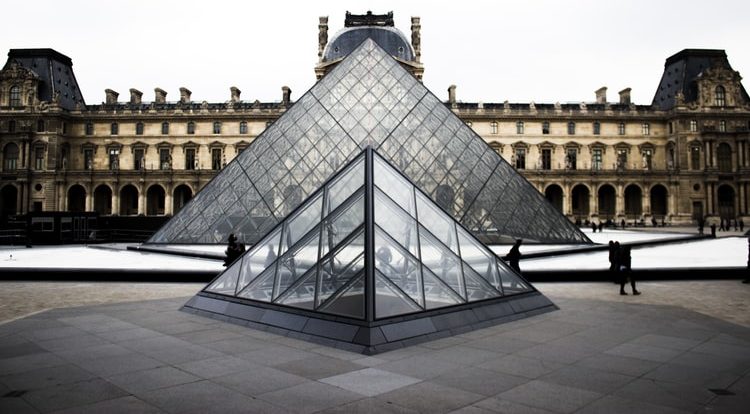Is art inherently political?
In late September, the French government made a deal with the Italian government to swap a collection of Renaissance art, the French lending works of Raphael to commemorate the 500th anniversary of his death next year and the Italians lending the French a collection of Leonard Da Vinci works to featured at the Louvre this October this year, as it is the 500th anniversary of Da Vinci’s death.
If you weren’t following this story (and really, what are the odds of that) you wouldn’t have seen that this trade was originally thrown into jeopardy. In March 2018, following the Italian election where the newly elected coalition government claimed the deal was too one sided, and considerably favoured France. Whilst ultimately resolved, this dispute is an example of the way the political world affects and changes the way we see art. This forces us to ask the question: Is art inherently political?
In order to answer this we must first question: can it be apolitical? After all, the people viewing it won’t be. Each person who views a painting may not immediately attribute specific political meaning to that piece, but that does not mean that they are not void of political significance. If a specific piece of art has a cultural significance – perhaps through having been completed at an important time, or having been a significant example of the country’s art for long enough to have garnered a special level of significance – then ultimately that piece of art is going to be effected by the politics of a particular time.
A piece of creative work may find itself under more or less scrutiny as public opinion, social standards, and political ideas as the culture moves forward
During the Second World War, the Nazi’s burned and stole many paintings in styles that Hitler and other high ranking Nazi officials had declared ‘degenerate’. Famous art styles such as cubism and futurism were denounced, and thus took on a new level of political significance which they did not have before. Throughout the war there was a large attempt to recover stolen pieces of art from Nazi ownership, demonstrating the importance of preserving the cultural works.
This is perhaps a rather extreme example. It does not take a war for a piece of art to take on new symbolic meaning; audience’s perceptions and experiences are mutable whilst a piece of canvas is not. A piece of creative work may find itself under more or less scrutiny as public opinion, social standards, and political ideas as the culture moves forward.
But this is to say nothing of pieces of art with specific political messages. Increasingly art is used by political movements as a method of spreading ideas, messages and beliefs, and some of the world’s most famous and influential pieces of art have had a clear political intent: Dmitri Vrubel’s painting ‘The Fraternal Kiss’ on the East side of the Berlin Wall, Norman Rockwell’s ‘The Problem We All Live’ addressing segregation in the 1960s and Picasso’s ‘Massacre in Korea’ criticising American military intervention in Korea in the 1950s. These are all beautiful pieces of art in their own right, but each was made to prominently address a major political issue of their time.
As the times we live in become more complicated politically, it is almost inevitable that the world of art will continue to comment
Using art as a political method is hardly an act resigned to the 20th century. More contemporary issues such as climate change, intersectional feminism and new forms of far right popularism have been the subjects of more recent political art. For example, in a recent exhibition by the Tate Modern, artist Olafur Eliasson brought chunks of ice from the collapsing ice sheets in Greenland – a demonstration that made clear effects of climate change. As the times we live in become more complicated politically, it is almost inevitable that the world of art will continue to comment.
But art does not need to be political. It is what we use to express ourselves; to expand our ideas and personalities in a way from which other people (and even ourselves) can learn and take inspiration. None of that inherently implies a political necessity.
However, as politics seep more and more into our daily lives, it also seeps into our art. When we make art, we make a statement about the world, and there’s very little that is less political then that.

Comments